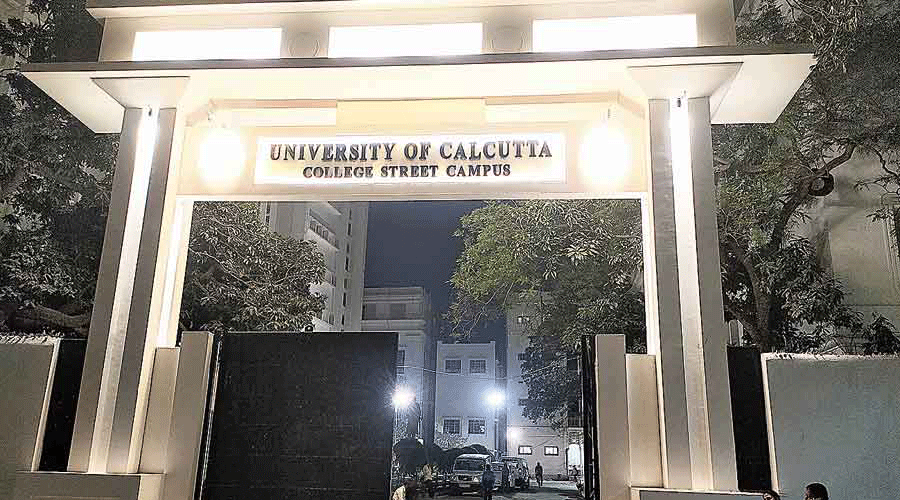Historian Niharranjan Ray was born on this day. His works are remarkable for the contribution they made to the fields of Indian history, particularly the history of Bengal, and art history.
He was born in Mymensingh, now in Bangladesh. He studied ancient Indian history at Calcutta University.
After his MA in 1926, he went to Burma to research Burmese temple architecture. The visit led him to art and to the realisation that art cannot be studied in isolation from society and politics or the cultural framework around it.
He was a pioneer of Indo-Burmese studies. To study Burmese art and architecture, he learnt Burmese and Mon languages. He would write several books on Burmese art and religion.
From his youth, Ray had participated in political movements. He was involved with the revolutionary outfit Anushilan Samiti and also with the Indian National Congress. He was involved with the Revolutionary Socialist Party and the Communist Party of India. He was imprisoned during the Quit India Movement.
His magnum opus, Bangalir Itihas (The History of the Bengali People) (1949) is remarkable for the way it takes into account the lives of people. He received some of the highest Indian honours: Rabindra Puraskar from West Bengal government, Padma Bhushan and Sahitya Akademi awards.
